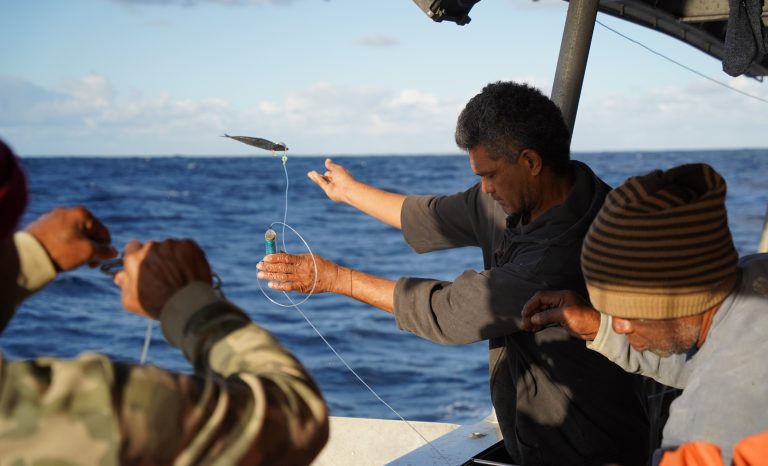THE PROBLEM
Sharks are sometimes deliberately targeted in legal and illegal fisheries, but more usually caught unintentionally and then discarded. Pelagic longlining for high-value tuna and bill fish, mainly in sub-tropical and temperate regions is known to have particularly high bycatch rates. Many species are in major decline due to overfishing. Blue shark (Prionace glauca) is the most encountered bycatch species in pelagic longline fisheries.

